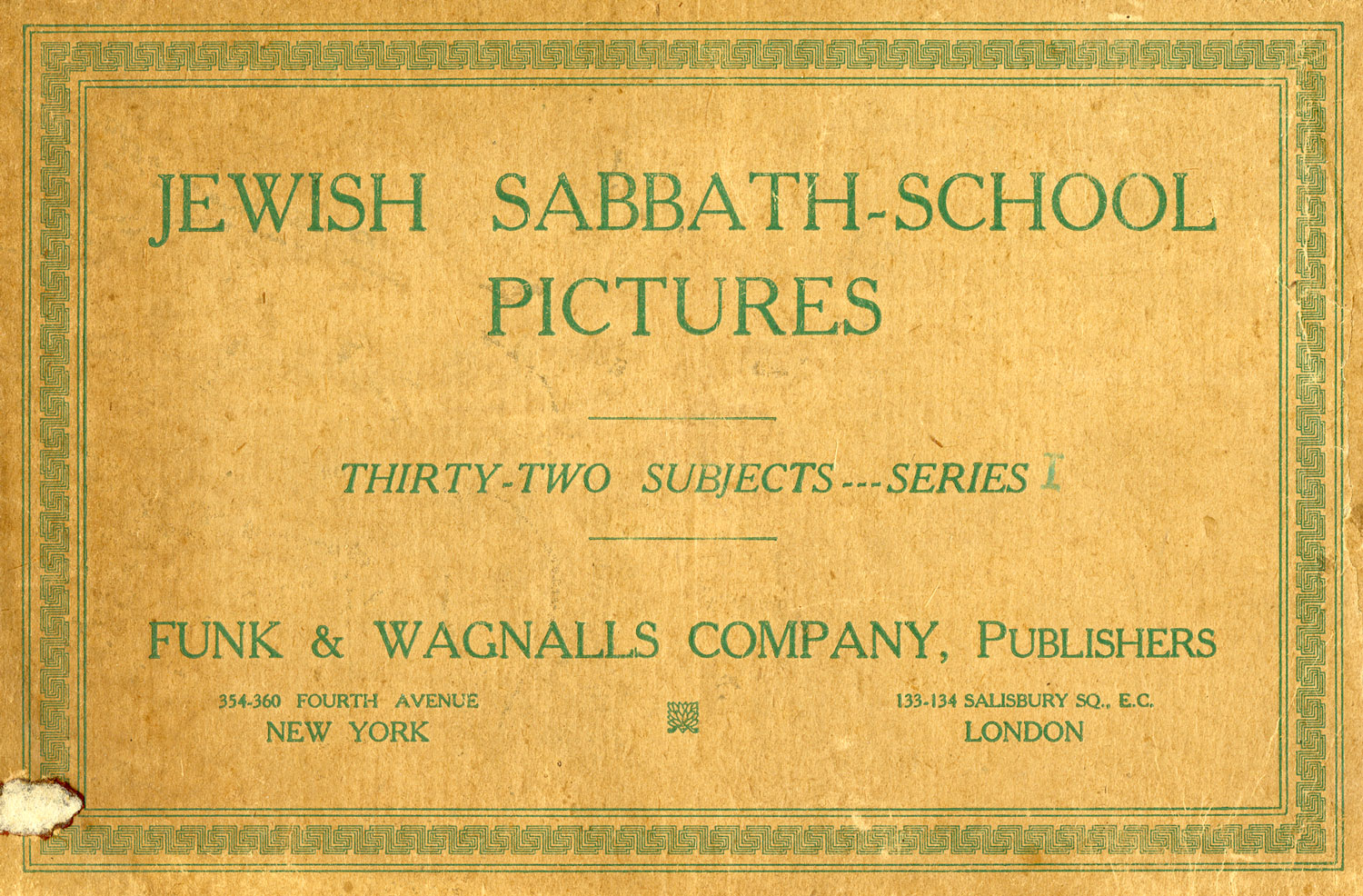In 1914, Funk & Wagnalls Company, publishers of the 12-volume Jewish Encyclopedia from 1901 to 1906, issued a four-part series of illustrations taken from the Encyclopedia for the use of Jewish religious schools. The encyclopedia was the most richly illustrated compendium of Jewish knowledge printed up to that time, with each successive volume having more and more pictorial materials. It was understood that visual representations could be valuable educational tools, and Judaism, despite its long reluctance to embrace images, explored new ways to illuminate Jewish life and history. Illustrated Jewish magazines, Jewish greeting and New Year’s cards, as well as Jewish museums and exhibitions, all proliferated in the early 20th century. Jewish educators worked to develop curricula that were more varied and more engaging than the old system of learning Hebrew and prayers by rote with little context or comprehension. Pictures were used to illustrate concepts, places, customs, and famous people.

The use of imagery in Jewish education found its way into curricula, as reflected in the 1922 Curriculum for Jewish Religious Schools, which recommended “the textbook should be supplemented by pictures.” Children were encouraged to bring in “pictures related to their work” for a class bulletin board, and teachers were to make use of “pictures which may help an understanding of the selection.” It is quite likely that new schools like the Ezra Hebrew School in the Bronx used sets like this one in their classrooms.

